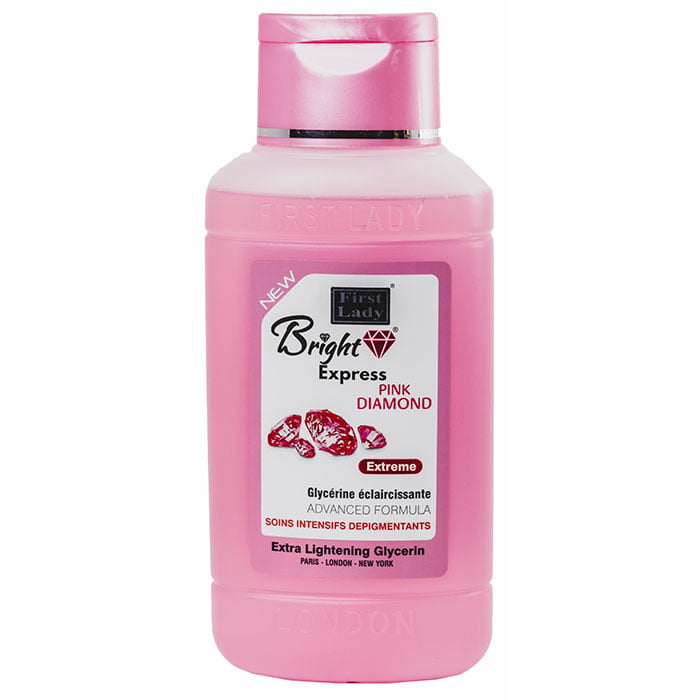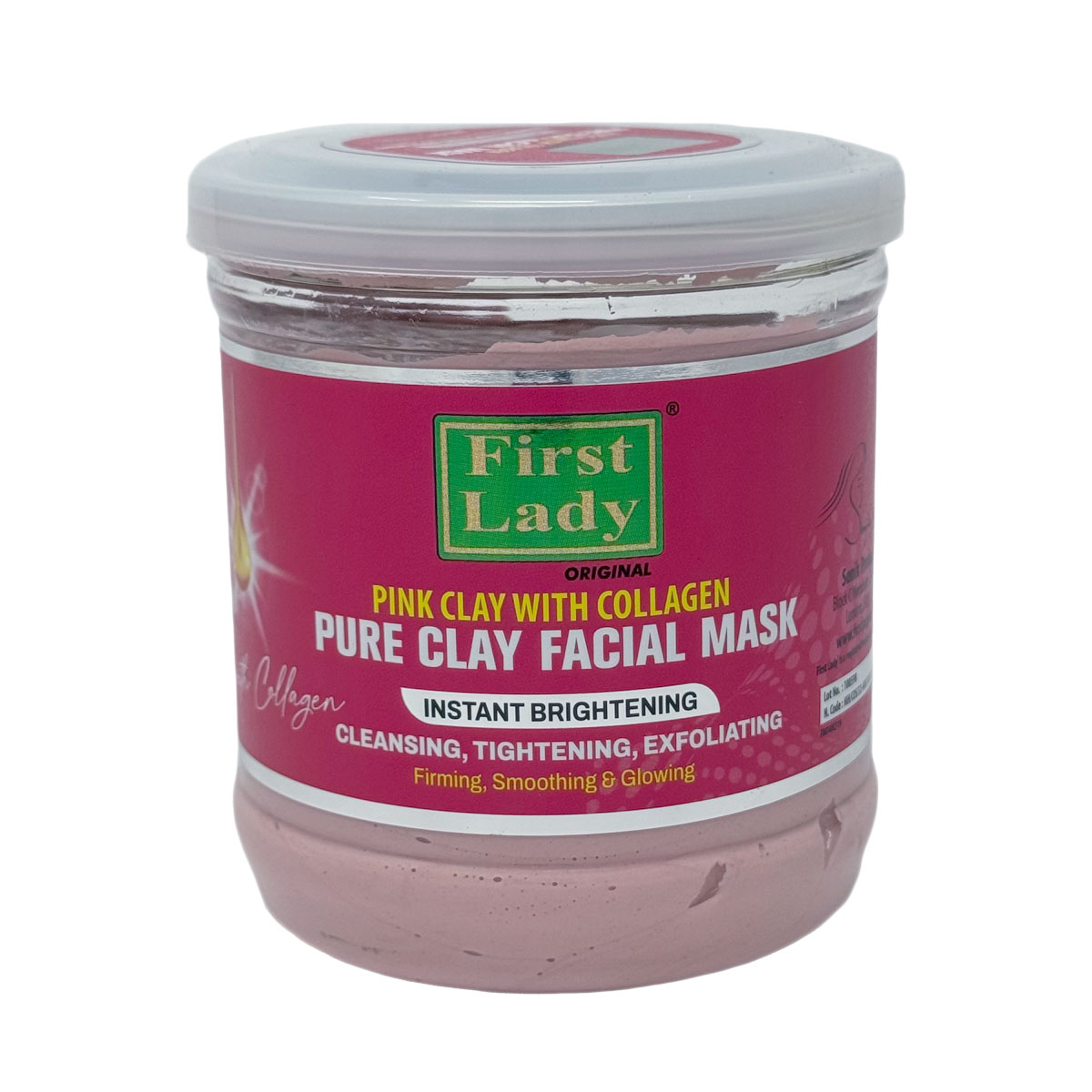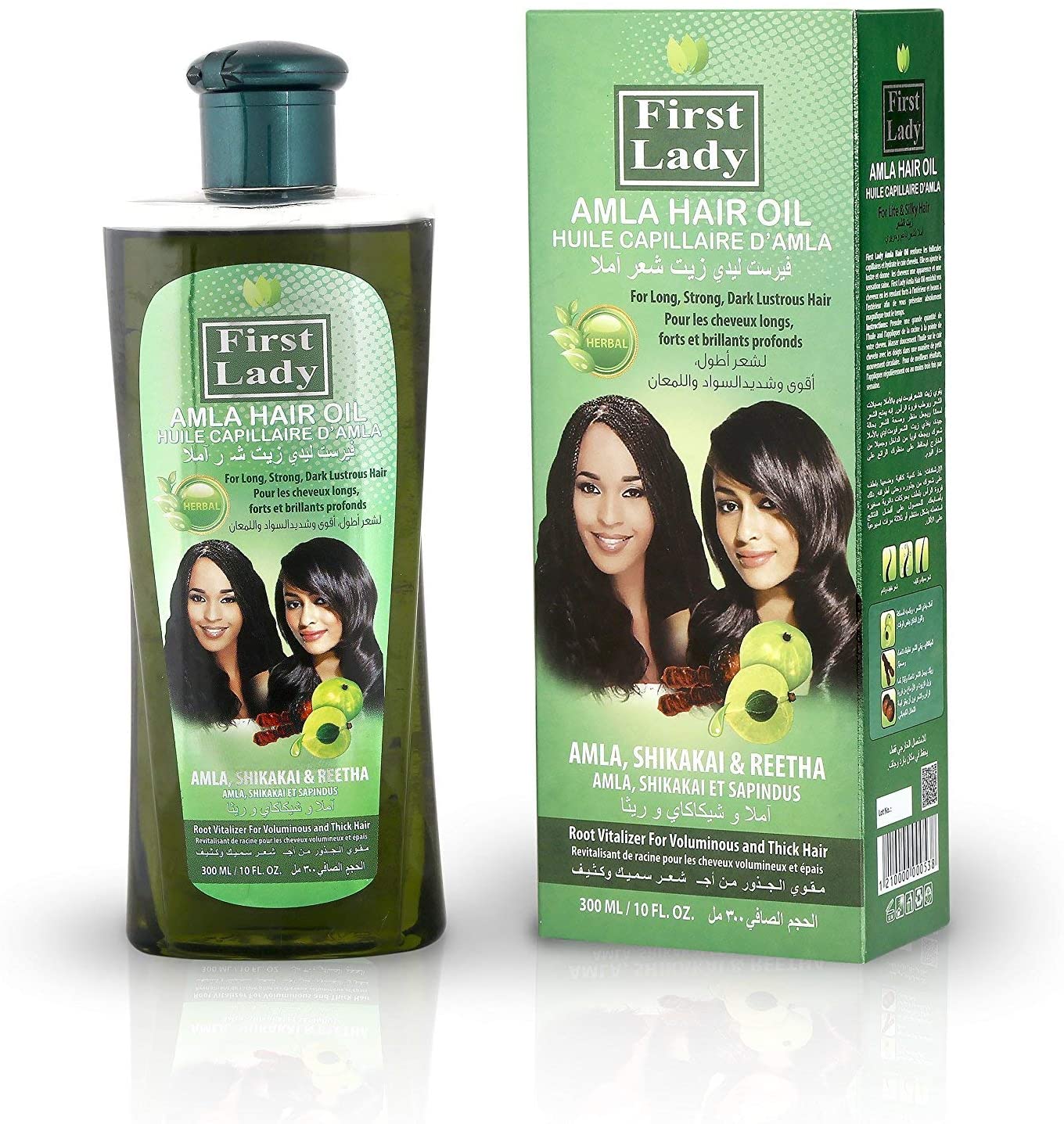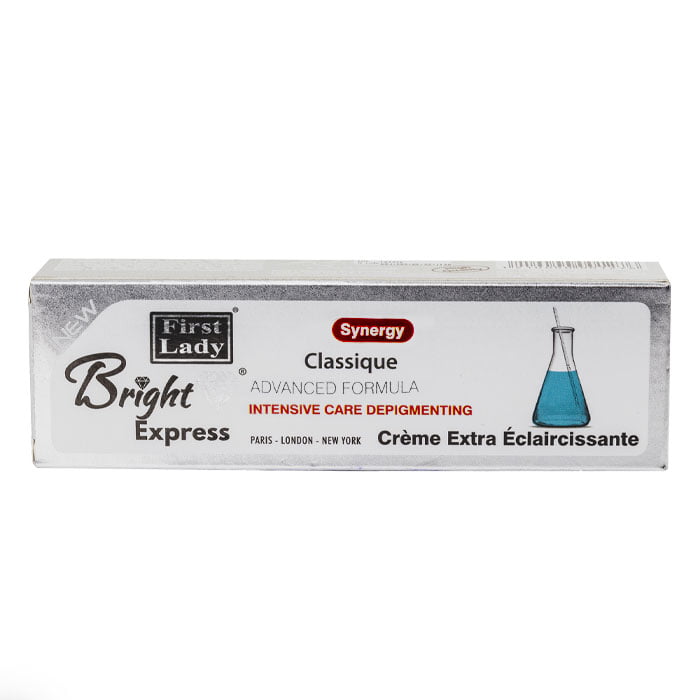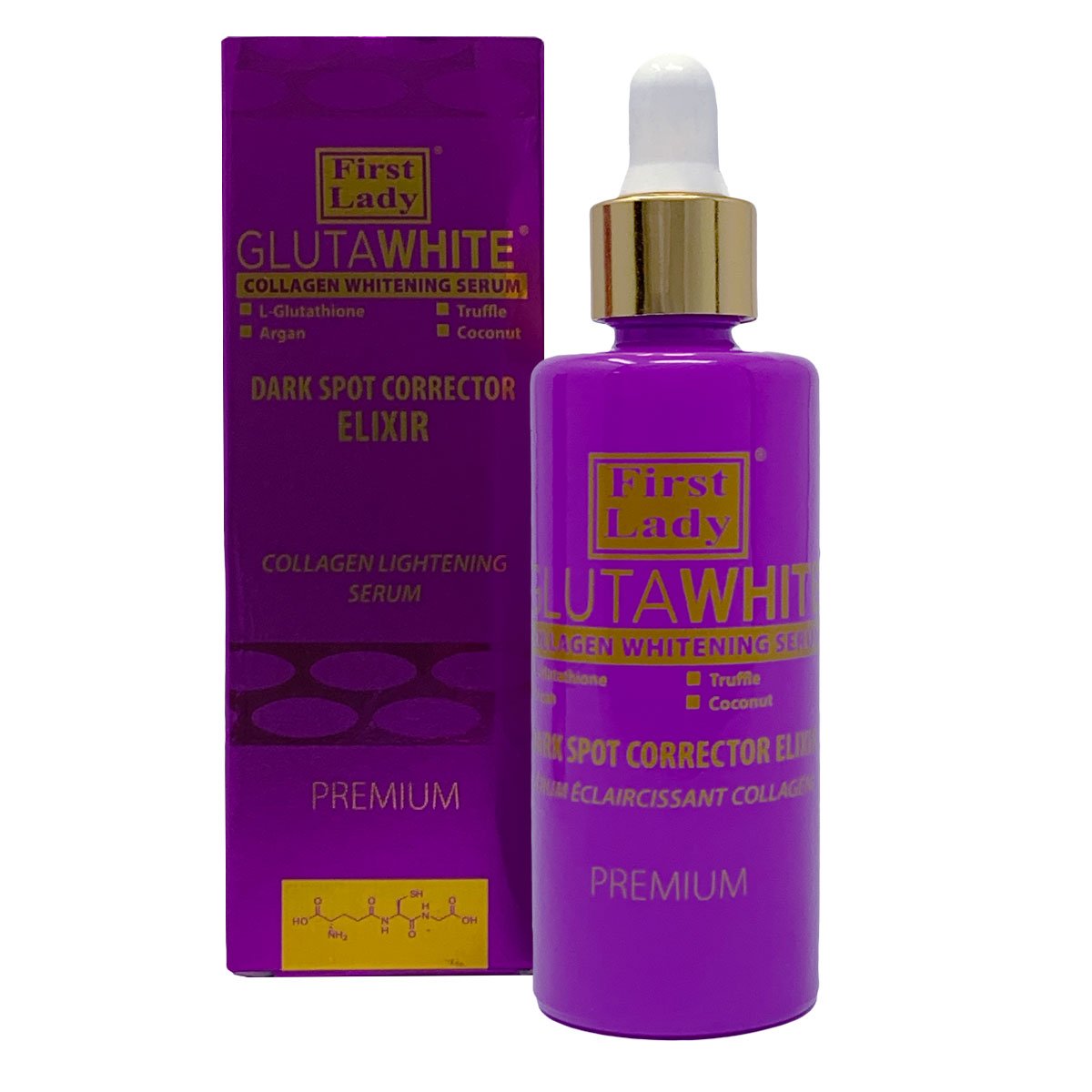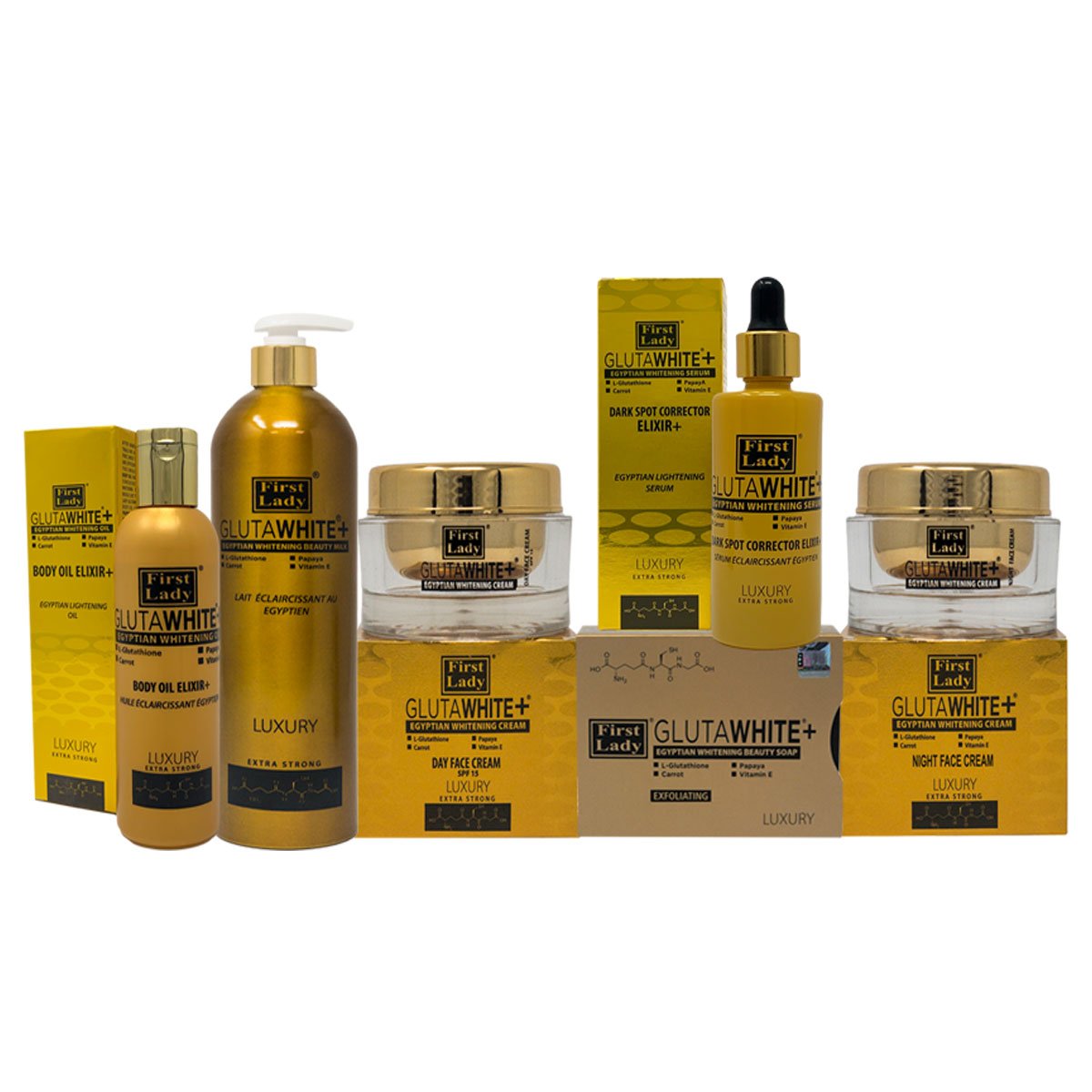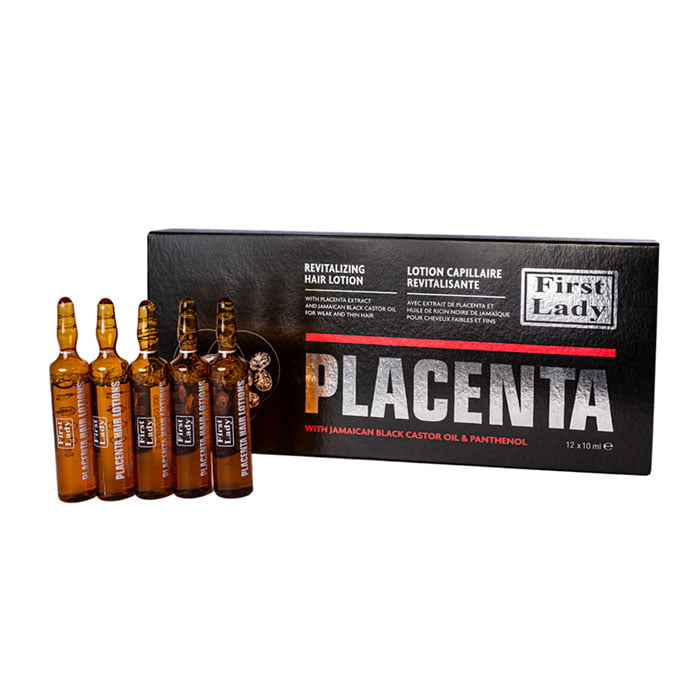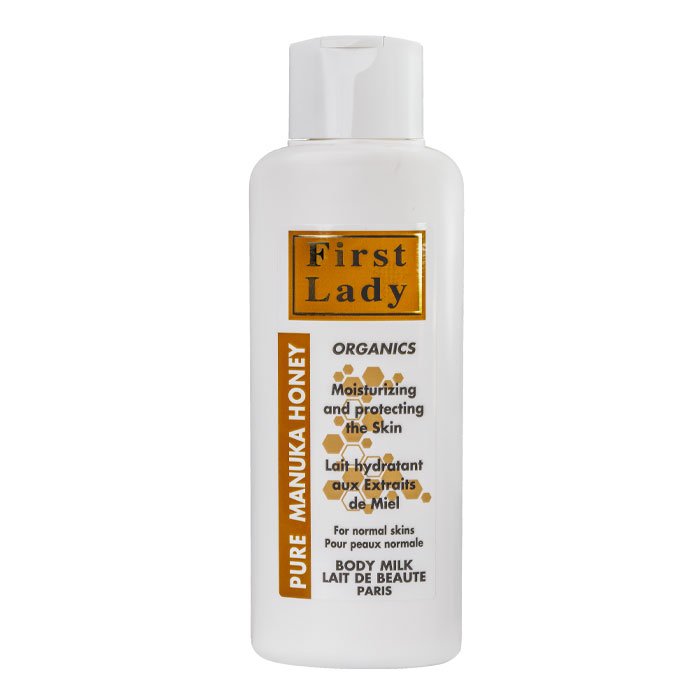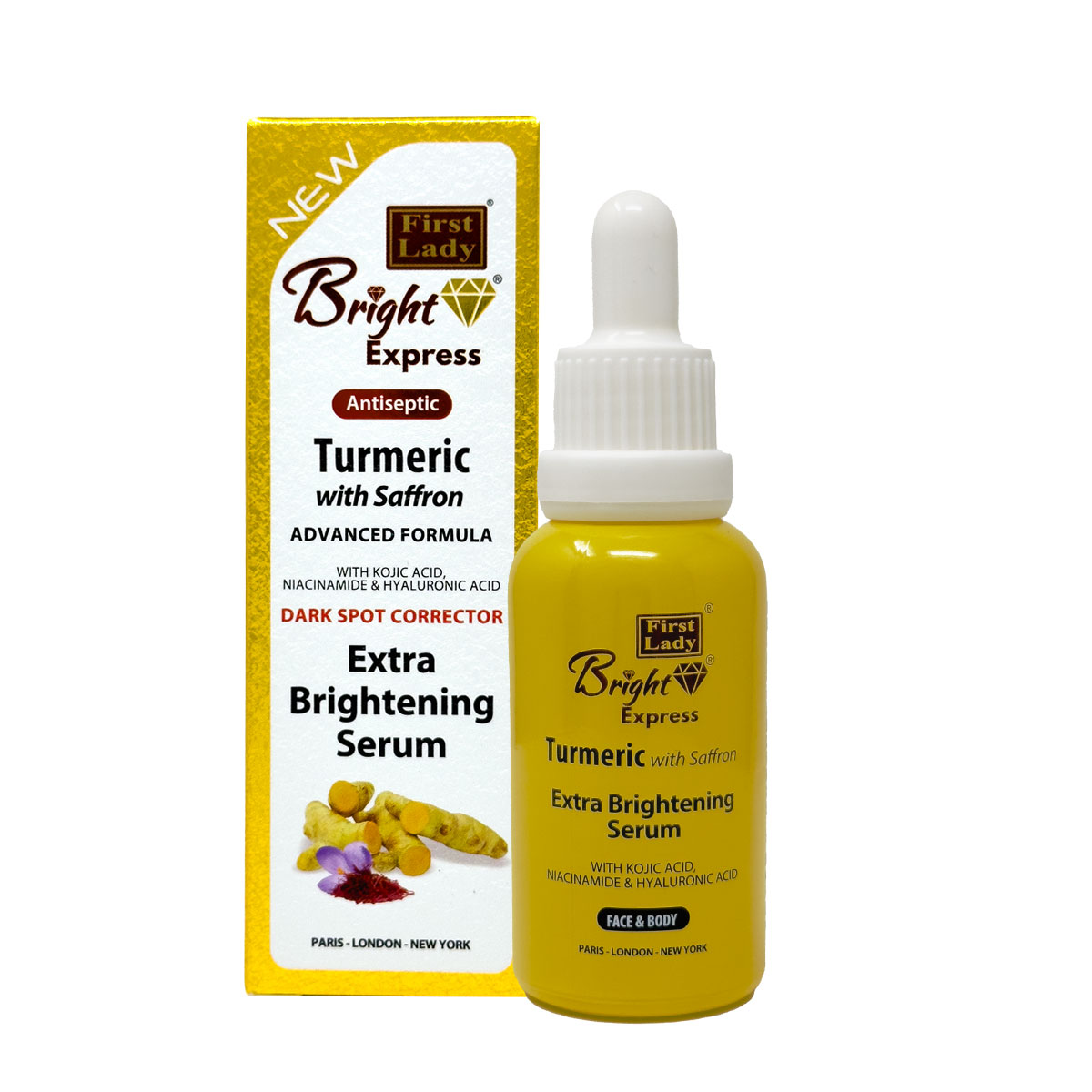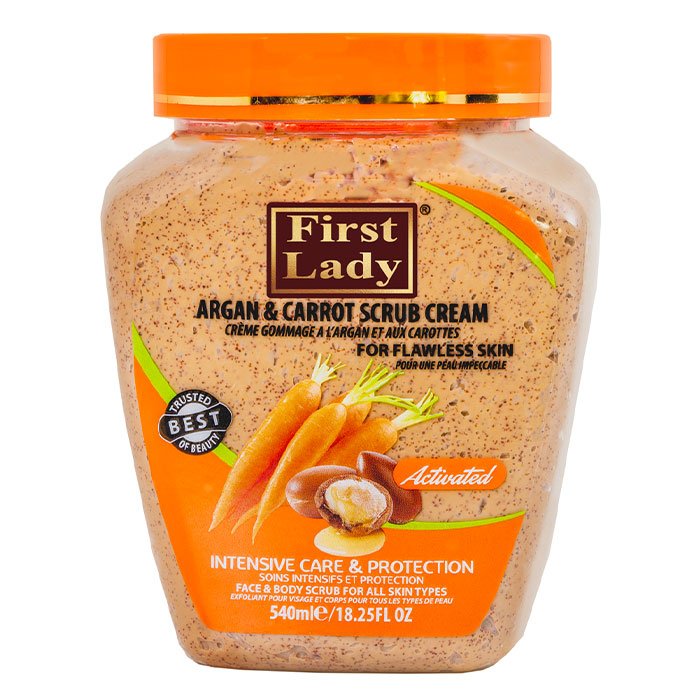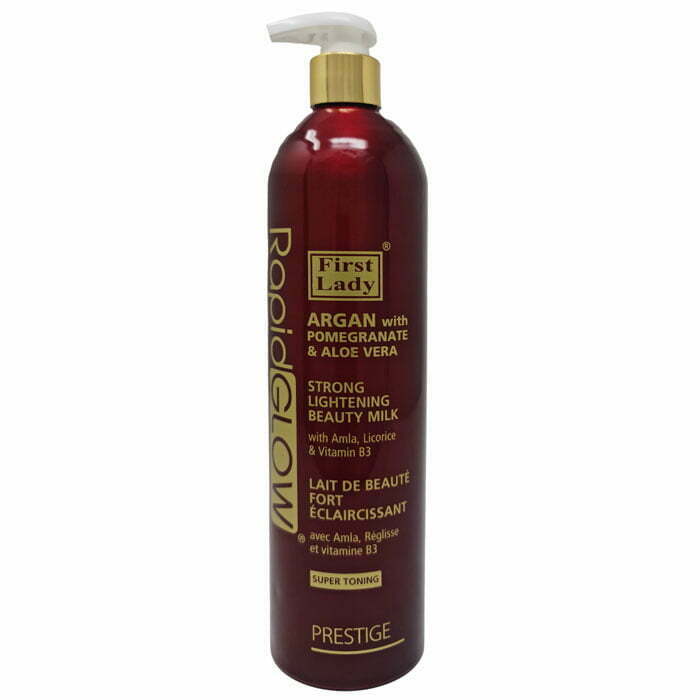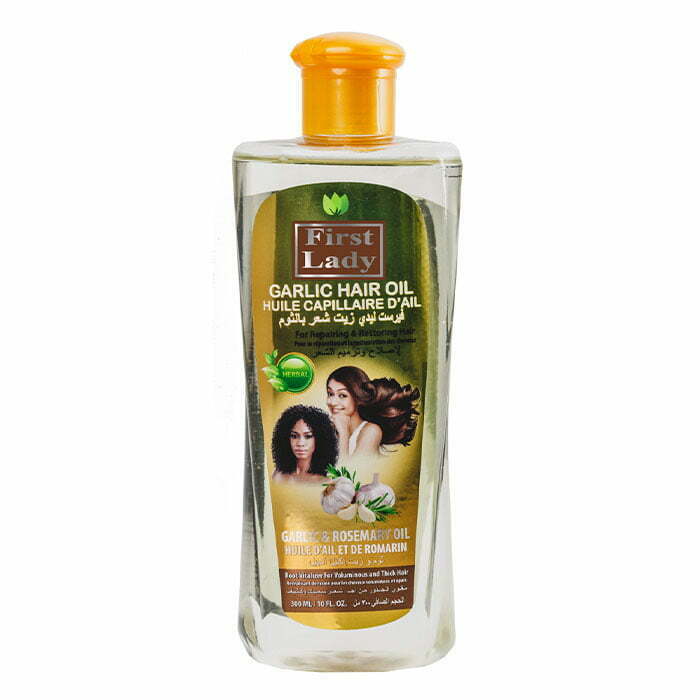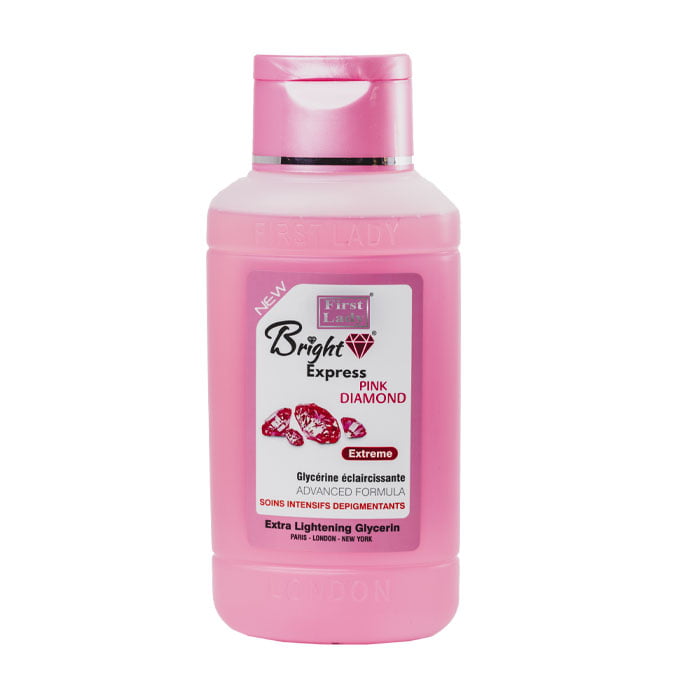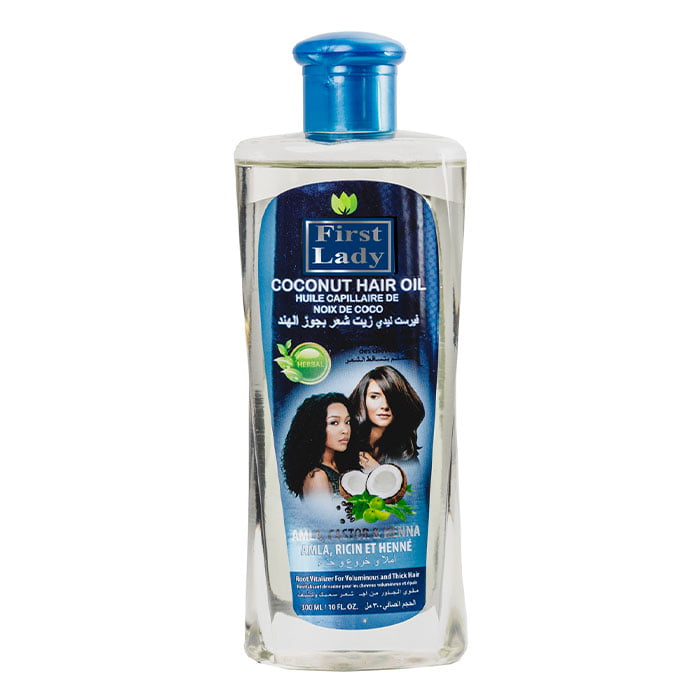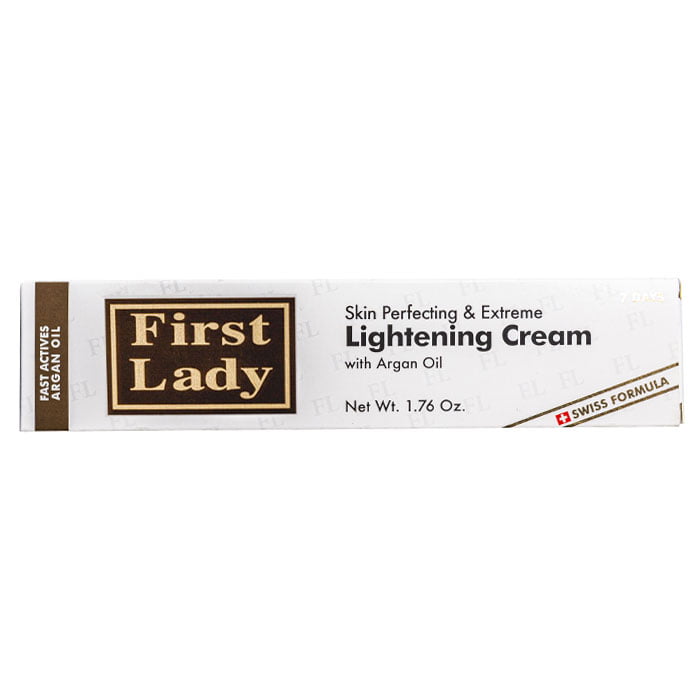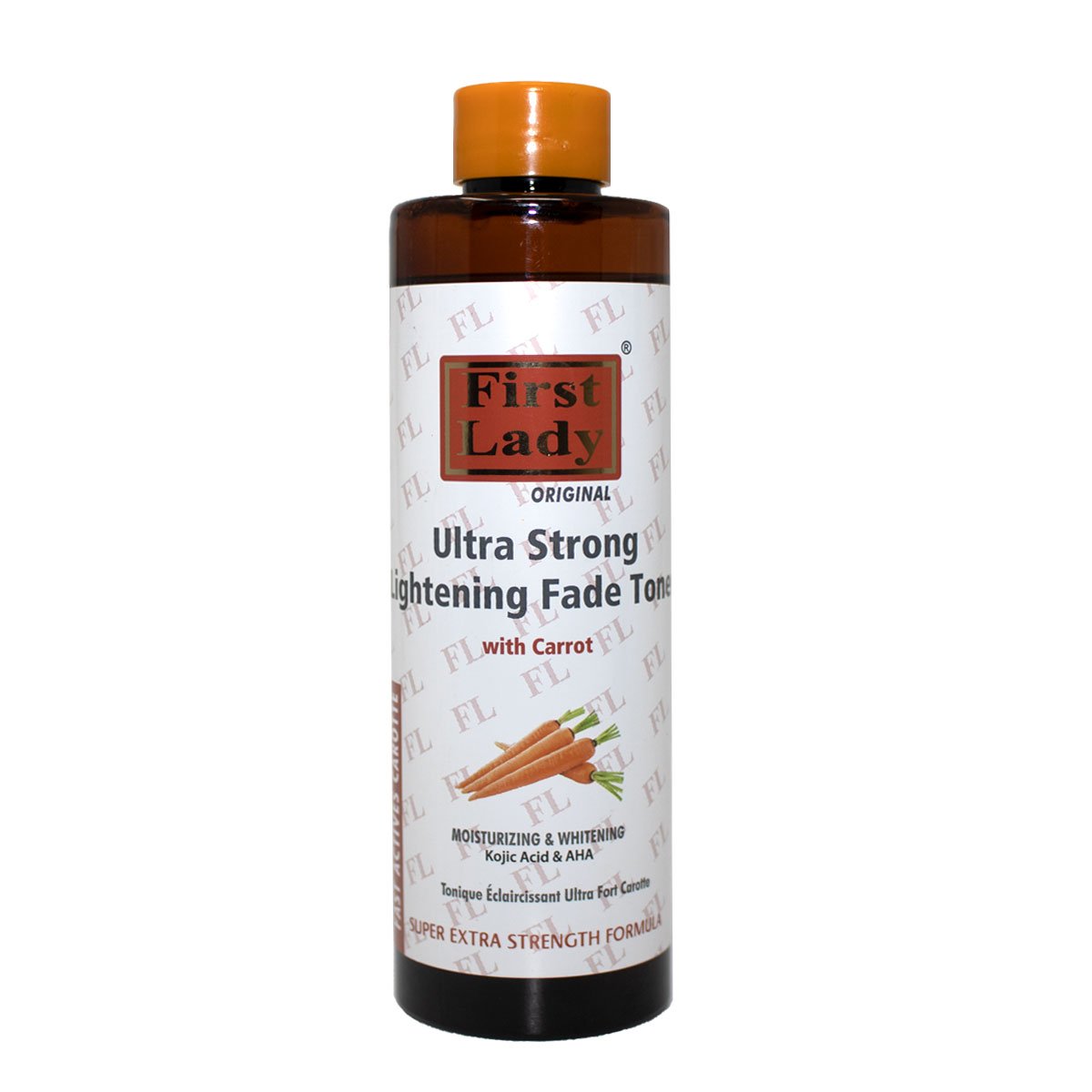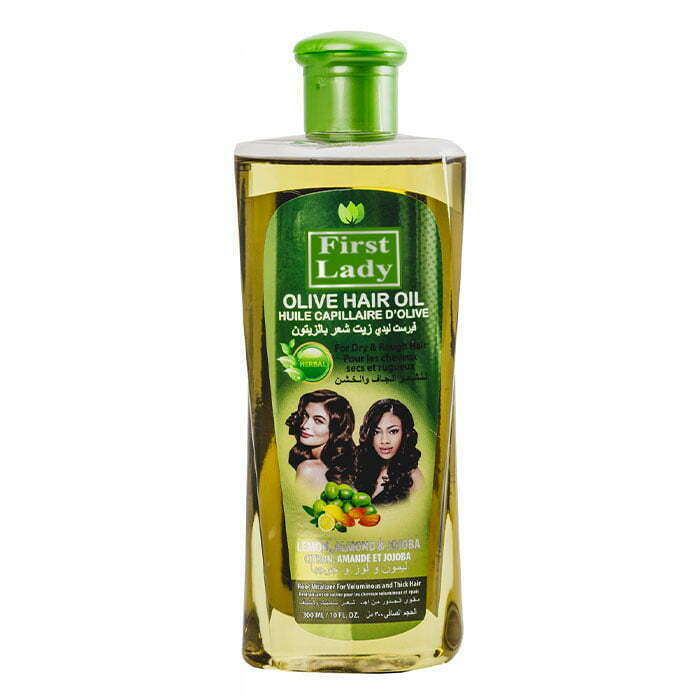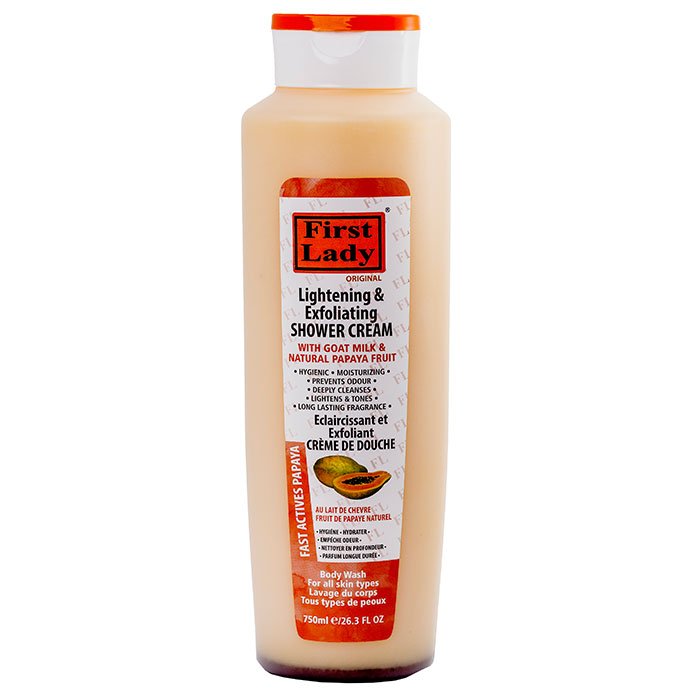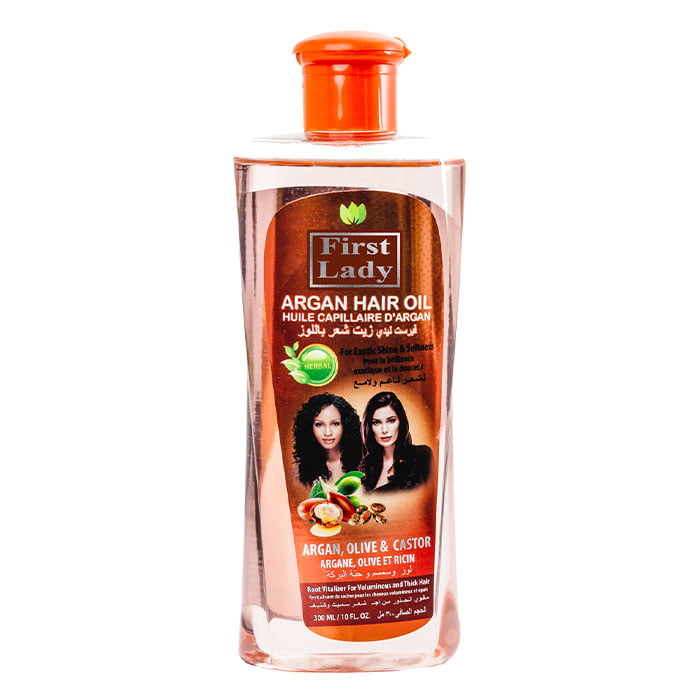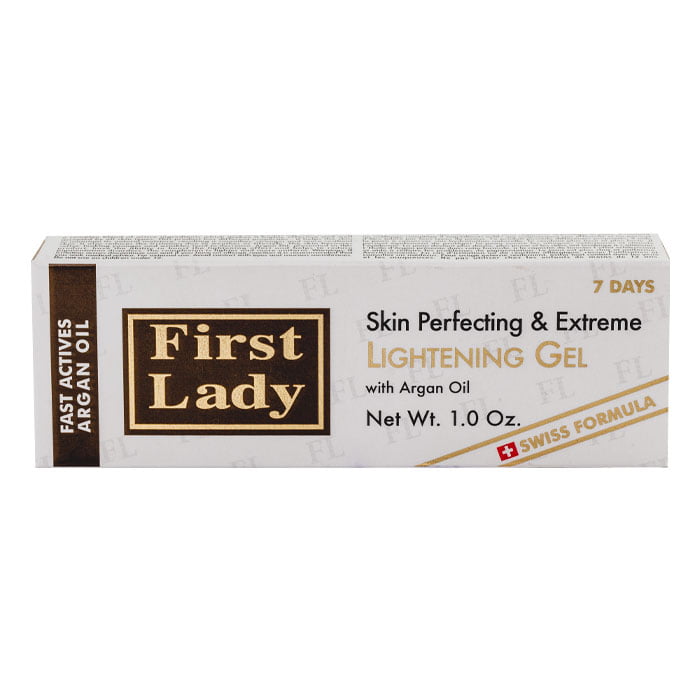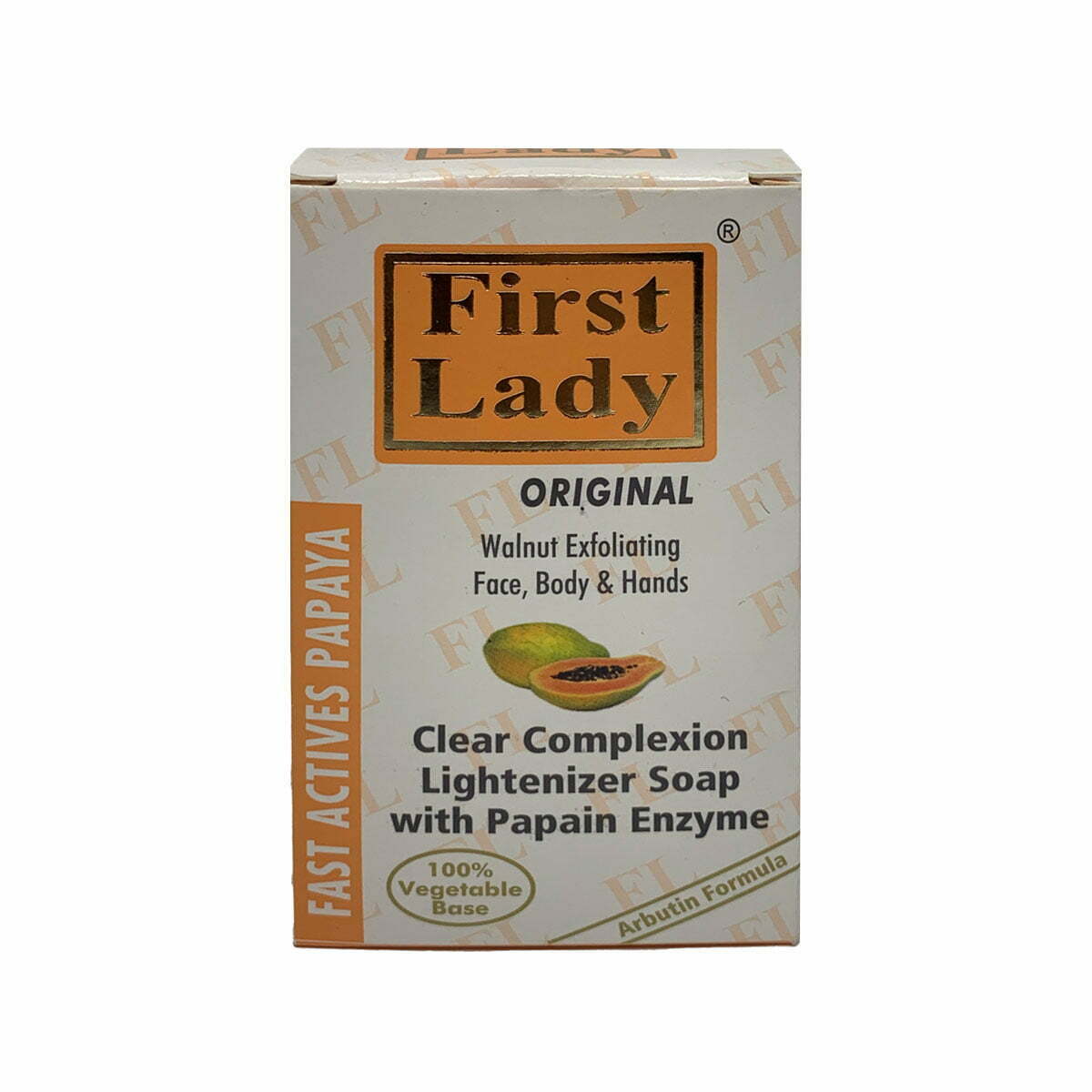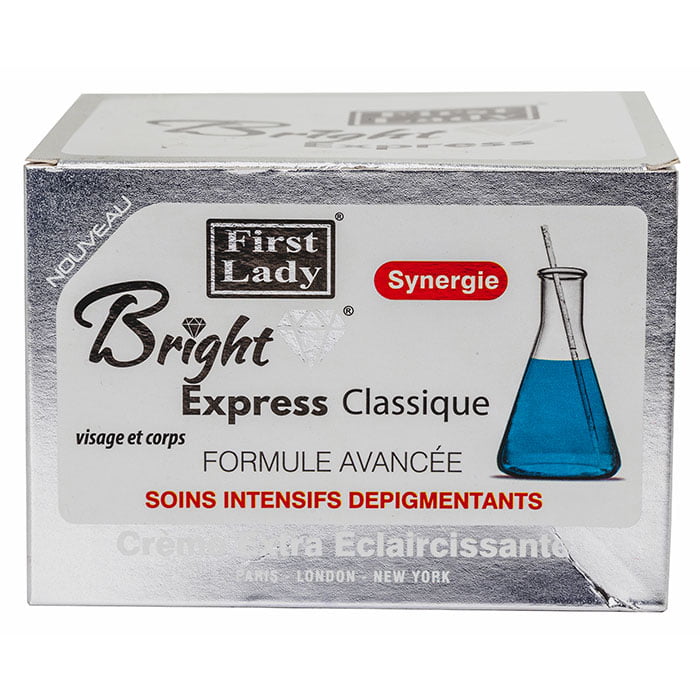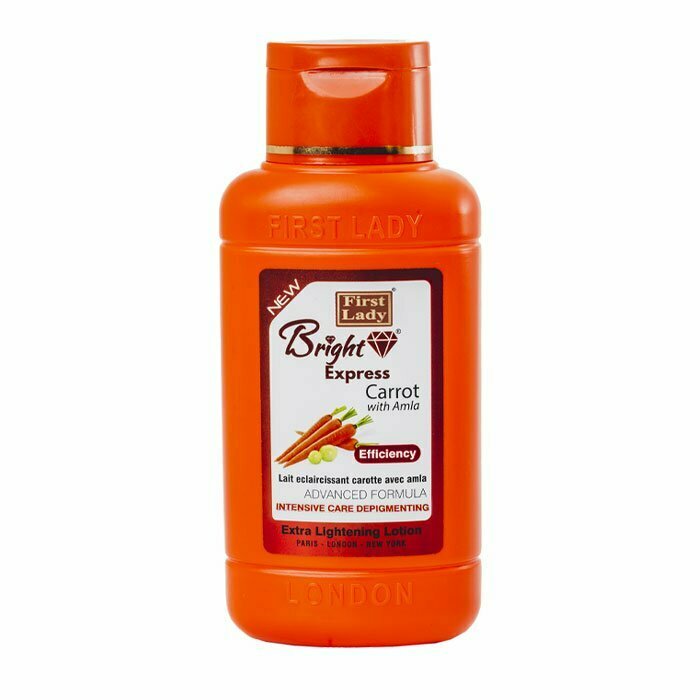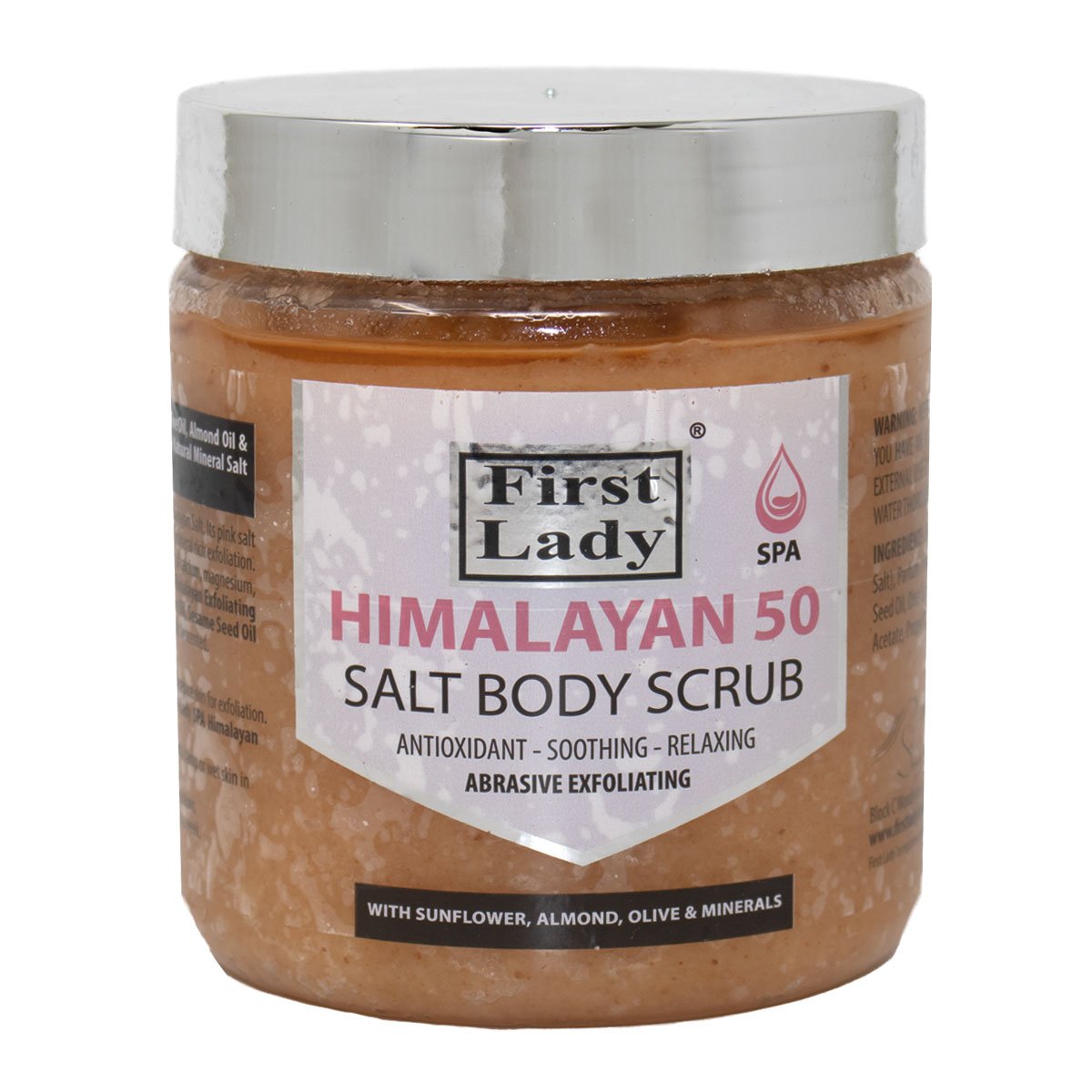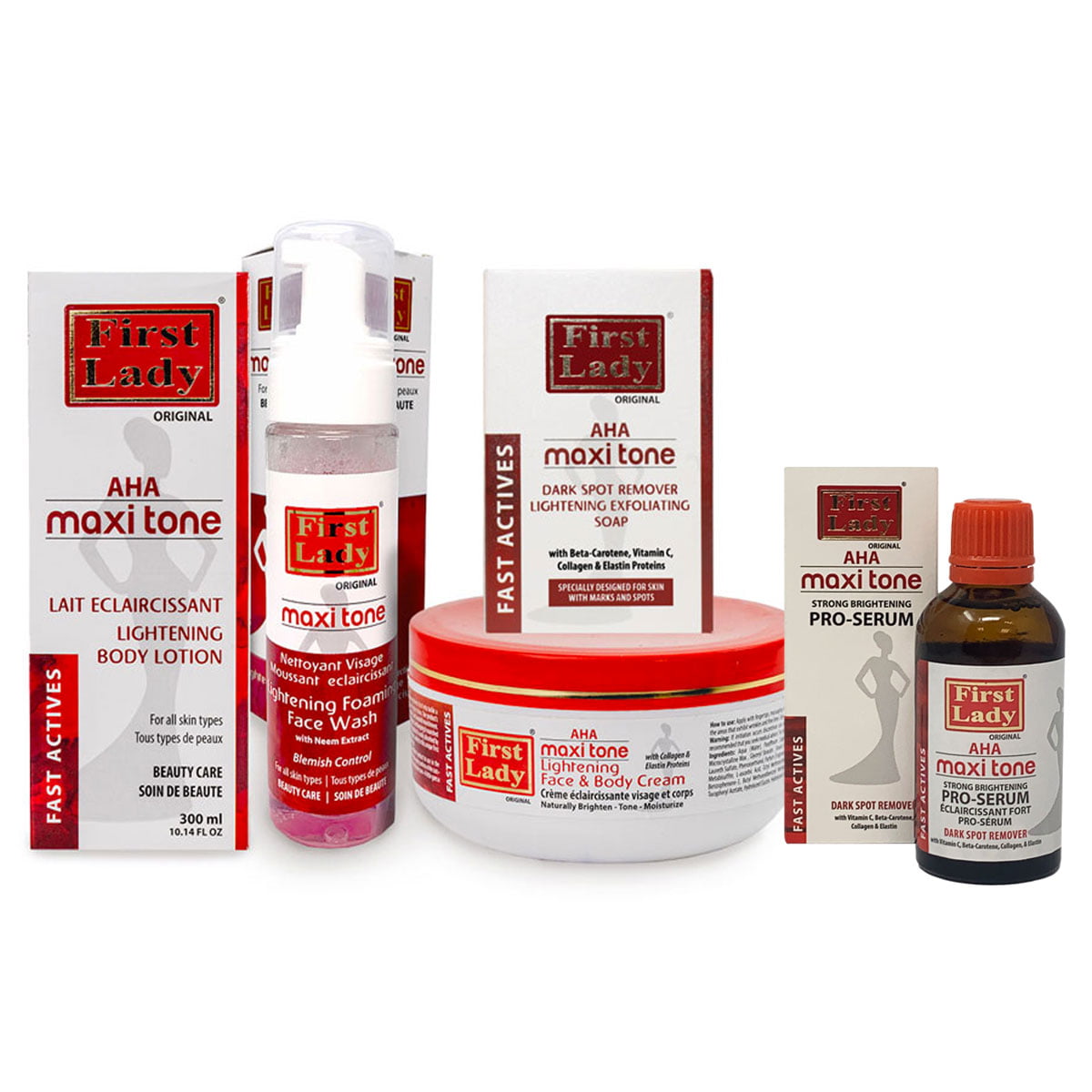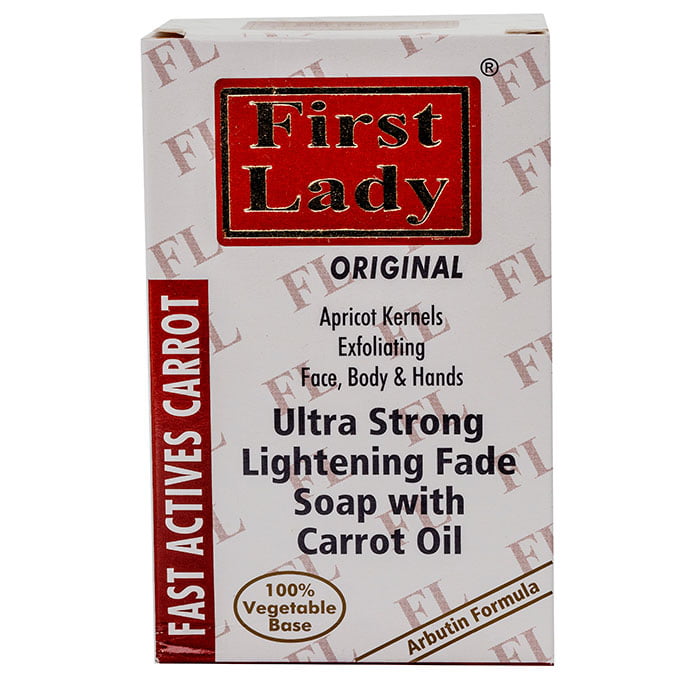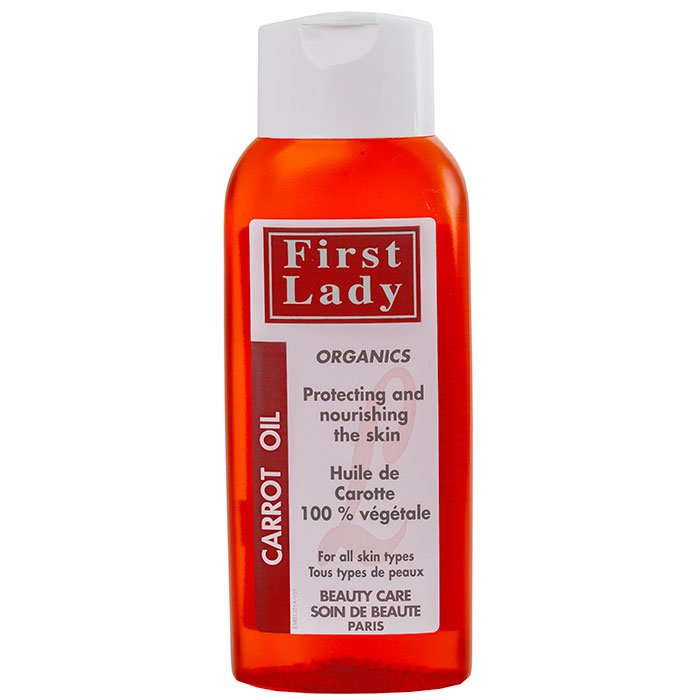What Is Kojic Acid? Uncovering the Skin-Brightening Secrets and Top Benefits
Discover what kojic acid is, how it benefits your skin, and why it’s a leading ingredient for hyperpigmentation and brightening. Learn best practices for safe use and explore expert-backed insights.
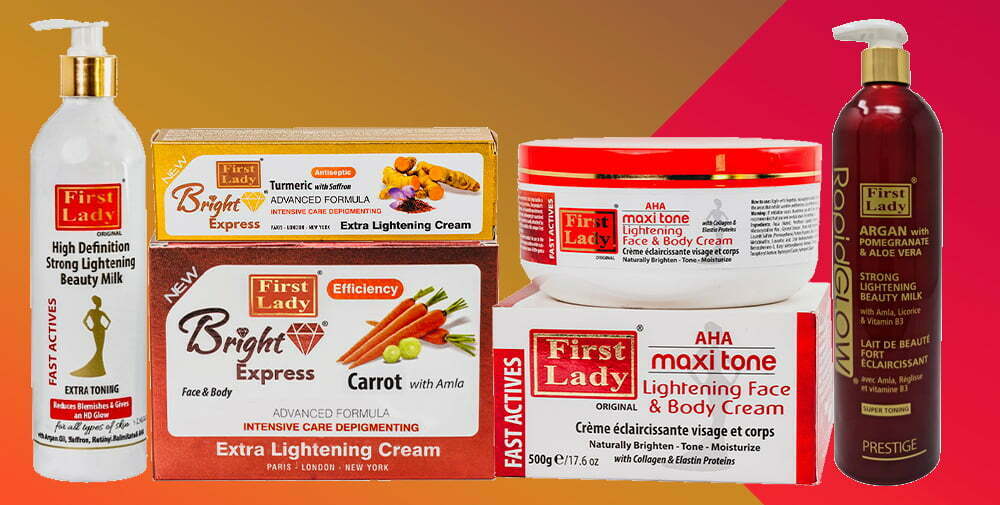
Kojic acid is fast becoming a household name in the skincare world, and it’s no surprise. Touted for its remarkable brightening effects and ability to help even skin tone, kojic acid has garnered fans among dermatologists and skincare enthusiasts alike. This blog post will explore kojic acid, the science behind its efficacy, and how you can safely incorporate it into your daily skincare routine. We will also delve into the potential side effects, share tips for optimal usage, and discuss how this natural compound compares to other leading skincare ingredients.
We will reference reputable sources—such as Healthline and findings published in the Journal of the American Academy of Dermatology—to ensure you are well-informed. Furthermore, we’ll highlight why First Lady London’s Kojic Acid formulations stand out in this competitive marketplace. By the end, you’ll clearly understand how kojic acid works, why it’s so popular, and whether it’s the right addition to your skincare arsenal.
While thoroughly researched, this information should not replace personalised advice from a qualified dermatologist or medical professional.
Table of Contents
- Introduction to Kojic Acid
- Origins and Discovery
- Key Benefits of Kojic Acid
- How Kojic Acid Works
- Using Kojic Acid Safely
- Potential Side Effects and Precautions
- Kojic Acid vs. Other Skin-Brightening Ingredients
- Incorporating Kojic Acid Into Your Skincare Routine
- Selecting the Right Kojic Acid Products
- Realistic Expectations and Results
- Frequently Asked Questions About Kojic Acid
- Final Thoughts
1. Introduction to Kojic Acid
Kojic acid is a naturally derived compound most commonly extracted from various types of fungi, including certain strains of mushrooms and fermentation byproducts. While it may sound intimidating, kojic acid has been a staple in certain Asian beauty and wellness rituals for decades. Because of its proven effects in reducing the appearance of hyperpigmentation and promoting a more luminous complexion, it has also gained significant traction in Western skincare.
Moreover, the growing shift toward clean, naturally derived, and eco-friendly beauty products has further propelled kojic acid’s popularity. It is highly regarded as a gentler alternative to more aggressive skin-brightening agents, including hydroquinone. Additionally, experts highlight how kojic acid may complement other skincare staples such as vitamin C and retinol.
2. Origins and Discovery
First isolated in 1907 from the fungus Aspergillus oryzae, kojic acid was historically used in the food industry—particularly in Japan, where it served as a fermentation agent in making sake. Over time, scientists discovered that kojic acid can inhibit the enzyme tyrosinase, a key factor in melanin production (the pigment responsible for skin colour).
Eventually, skincare experts and dermatologists began exploring its potential to reduce dark spots, sun damage, melasma, and other hyperpigmentation issues. This discovery led to its widespread inclusion in creams, lotions, serums, and even soaps targeted at achieving a more even-toned and brighter complexion.
3. Key Benefits of Kojic Acid
- Reduction of Hyperpigmentation
Hyperpigmentation occurs when certain areas of the skin produce excess melanin, resulting in dark spots or patches. By inhibiting tyrosinase, kojic acid helps slow down or prevent the production of new pigment, thereby fading existing spots and preventing new ones from forming.
- skin Brightening
Because kojic acid addresses melanin production at its source, it offers an overall brightening effect on the skin. Consistent use can result in a more uniform, radiant complexion.
- Gentle Alternative
Compared to harsher skin-lightening chemicals like hydroquinone, kojic acid is often considered gentler for sensitive or easily irritated skin. Of course, individual reactions vary, so it’s essential to patch-test first.
- Antioxidant Properties
According to an article published in the Journal of Agricultural and Food Chemistry, kojic acid has antioxidant properties that can help combat free radicals. Consequently, it may offer protective benefits against environmental stressors and oxidative damage.
- Safe for Various Skin Types
While you should always check with a dermatologist before starting any new active ingredient—especially if you have unique skin conditions—kojic acid is generally well-tolerated by different skin types, including oily, normal, and dry skin.
4. How Kojic Acid Works
To fully appreciate kojic acid’s benefits, it is helpful to understand how the skin creates pigmentation. Melanin is synthesised by melanocytes, which produce pigment in response to stimuli like sun exposure, inflammation, or hormonal changes. The enzyme tyrosinase is a major player in this process. When tyrosinase is inhibited, the overall production of melanin decreases.
Hence, kojic acid’s impact on tyrosinase yields a visibly lighter or brighter skin tone over time. While kojic acid doesn’t permanently alter your natural skin colour, it effectively addresses the appearance of discolourations like freckles, melasma, and post-inflammatory hyperpigmentation left behind by acne scarring.
5. Using Kojic Acid Safely
- Patch Testing
Before slathering a new kojic acid product all over your face, it’s crucial to do a patch test. Apply a small amount on your inner wrist or behind your ear and observe the area for at least 24 hours. If you notice any redness, itching, or irritation, discontinue use.
- Gradual Introduction
To minimise irritation, start with lower concentrations or use products with kojic acid only a few times a week. Once your skin demonstrates tolerance, gradually increase frequency or concentration.
- Sun Protection
Kojic acid can make your skin more sensitive to the sun. Therefore, incorporating a high-quality sunscreen with an SPF of at least 30 is essential. Not only does this protect your skin from damaging UV rays, but it also helps maintain the brightening effects of kojic acid.
- Combining With Other Actives
Kojic acid often synergises with other brightening agents, such as vitamin C, niacinamide, and arbutin. However, be cautious when layering multiple active ingredients. Use them on alternate days or consult a skin care professional to minimise the risk of over-exfoliation or irritation.
6. Potential Side Effects and Precautions
Even though kojic acid is considered relatively gentle, it’s not without potential side effects. Common issues include:
- Mild Irritation: Some users might experience redness or dryness, especially when introducing kojic acid.
- Allergic Reactions: Though rare, allergic contact dermatitis can occur. Discontinue use if you develop itching, swelling, or rashes.
- Increased Sun Sensitivity: As mentioned earlier, kojic acid can heighten the skin’s sensitivity to UV rays. Always apply broad-spectrum sunscreen.
Adhering to recommended concentrations (typically around 1–4% for topical products) and consulting a dermatologist if you have preexisting skin concerns can reduce the likelihood of these adverse reactions.
-
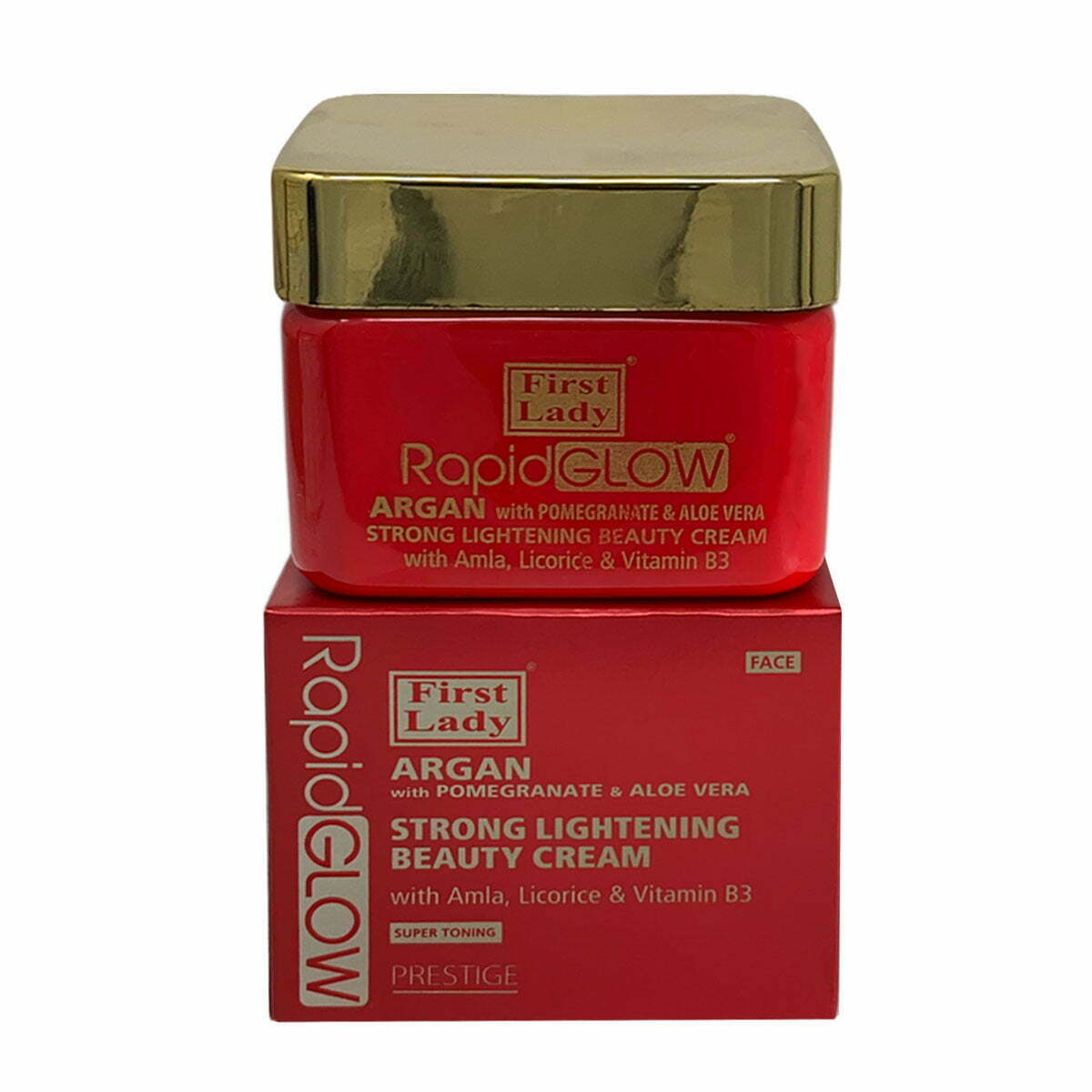 -67% Off
-67% Off
£29.99Original price was: £29.99.£9.99Current price is: £9.99.Infused with Rapid Glow Argan, Pomegranate, and Aloe Vera Skin Lightening Cream, the Strong Lightening Beauty Face Cream, enriched with Amla, Licorice, and Vitamin B3, dramatically lightens pigmentation. Moreover, it moisturises and evens skin tone, leaving skin looking more luminous, radiant, and youthful.
-
 £12.49
£12.49First Lady Lightening Face & Body Cream contains active ingredients that help tackle a dull and uneven complexion while clearing dark spots and hyperpigmentation. The product’s unique formula allows easy application, quick absorption and boosted nourishment.
It is also helpful in treating acne, as it soothes irritated skin and keeps it nourished and healthy.
-
 -5% Off
-5% Off
£19.99Original price was: £19.99.£18.99Current price is: £18.99.Experience radiant skin with First Lady’s High Definition Strong Lightening Beauty Skin Milk. This advanced skin tone lightening lotion, enriched with Argan Oil, Saffron, Retinol, Alpha Hydroxy Acids, and Kojic Acid, is designed to brighten your complexion, reduce patchy discolouration, and combat hyperpigmentation.
-
 -38% Off
-38% Off
£7.99Original price was: £7.99.£4.99Current price is: £4.99.Achieve a brighter, even-toned complexion with the First Lady Bright Express Turmeric with Saffron Extra Lightening Cream. This advanced formula combines the natural skin-lightening properties of turmeric and saffron to reduce dark spots, hyperpigmentation, and discolouration.
7. Kojic Acid vs. Other Skin-Brightening Ingredients
In your pursuit of a brighter, more even complexion, you may come across multiple ingredients touted for their skin-lightening benefits. Here’s how kojic acid stacks up against some of the more common alternatives:
- hydroquinone
Hydroquinone is a potent depigmenting agent. However, some countries strictly regulate its use because of potential side effects, including irritation and concerns about long-term safety. In contrast, kojic acid is considered to have a milder effect and fewer regulatory restrictions, making it an appealing choice for many individuals.
- Vitamin C
Vitamin C is lauded for its powerful antioxidant properties and ability to boost collagen production. While vitamin C can help fade hyperpigmentation, it may be unstable in many formulations. Kojic acid can serve as a good complement or alternative, especially when dealing with persistent dark spots.
- Arbutin
Arbutin is derived from the bearberry plant and also inhibits tyrosinase. It’s often compared to kojic acid because both are milder skin-brightening agents. You’ll sometimes find both ingredients in the same formulation, amplifying their efficacy.
- Licorice Extract
Licorice extract contains glabridin, another natural melanin synthesis inhibitor. While liquorice extract is gentle and offers additional anti-inflammatory benefits, it may be less potent than kojic acid when tackling stubborn hyperpigmentation.
8. Incorporating Kojic Acid Into Your Skincare Routine
Now that you understand kojic acid’s benefits and mechanisms, you may wonder how best to include it in your routine. Here are some practical suggestions:
- Start With a Targeted Treatment: Look for a serum or spot treatment containing kojic acid. Apply it specifically to areas of concern—like dark spots or acne scars—and watch for results over several weeks.
- Use a Kojic Acid Soap: Many people start with a kojic acid soap to cleanse areas prone to hyperpigmentation gently, such as the face, neck, and hands. This method can be less harsh, as the product won’t stay on your skin for an extended time.
- Combine With Antioxidants: Pair kojic acid with vitamin C or green tea extract serums for maximum skin-brightening synergy. This can boost your skin’s overall radiance.
- Layer With Hydrating Products: To combat dryness or irritation, follow your kojic acid application with a gentle moisturiser, preferably one rich in ceramides or hyaluronic acid.
9. Selecting the Right Kojic Acid Products
Navigating the myriad of kojic acid offerings on the market can be daunting. Always check product labels for kojic acid concentration and other beneficial ingredients when in doubt. You should also read product reviews, consult brand websites, and—most importantly—refer to authoritative sources like Dermatology Times or the Journal of the American Academy of Dermatology for professional insights.
First Lady London’s kojic acid formulations stand out for their commitment to purity and efficacy. Specially designed to address common issues like hyperpigmentation and uneven texture, these products often combine kojic acid with complementary actives, ensuring you see results without a barrage of harmful additives.
Key factors to consider when shopping for kojic acid products include:
- Concentration: Aim for a formulation containing 1–4% kojic acid, as higher percentages may increase the risk of irritation.
- Additional Ingredients: Look for hydrating and soothing agents like aloe vera, allantoin, or niacinamide to counterbalance any drying effects.
- Packaging: Choose airtight, opaque packaging to maintain stability, mainly if the product contains other light—and air-sensitive ingredients.
- Brand Reputation: Always buy from reputable brands or retailers to ensure authenticity and quality.
10. Realistic Expectations and Results
It is crucial to set realistic expectations when using kojic acid. While many people experience noticeable skin tone and texture improvements, these results do not happen overnight. Typically, you can expect to see progress over the course of 4–8 weeks, depending on factors such as the severity of hyperpigmentation, your skin’s natural cell turnover rate, and how consistently you apply the product.
Furthermore, continuous use may be necessary to maintain results. If you stop using kojic acid and fail to keep up with other brightening or protective measures—such as daily sun protection—you might see dark spots and discolouration gradually return. Therefore, think of kojic acid as a valuable component of a holistic skincare regimen rather than a one-and-done solution.
11. Frequently Asked Questions About Kojic Acid
Q1: Can kojic acid be used on sensitive skin?
Yes, but always patch-test and introduce it gradually. Products formulated with gentler concentrations of kojic acid, coupled with soothing ingredients like chamomile or green tea extract, may benefit sensitive skin types.
Q2: How soon can I expect to see results?
It varies from person to person, but many users report seeing improvements in as little as 4 weeks. However, for more significant changes, 8–12 weeks of consistent use is typically recommended.
Q3: Can I use kojic acid with retinol?
Yes, you can, but be cautious. Start by using them on alternate days to gauge how your skin reacts. If you notice excessive dryness or irritation, scale back or consult a dermatologist.
Q4: Is kojic acid safe for pregnant or breastfeeding women?
Limited data exist on kojic acid’s effects during pregnancy or breastfeeding. It’s generally best to consult a healthcare professional before using new skincare activities under these conditions.
Q5: Will kojic acid lighten my entire skin tone?
Kojic acid primarily targets areas of excess pigmentation. While it can give your overall complexion a brighter, more even appearance, it will not dramatically alter your natural skin tone.
12. Final Thoughts
In conclusion, kojic acid is a versatile and effective ingredient for addressing hyperpigmentation, uneven skin tone, and general dullness. Its mode of action—tyrosinase inhibition—directly tackles the root of many common discolouration issues. Furthermore, because it is naturally derived and often gentler than alternatives such as hydroquinone, kojic acid appeals to a broad range of skincare enthusiasts.
When incorporating kojic acid into your skincare regimen, remember to:
- Patch-test and introduce it gradually.
- Prioritise sun protection to enhance and maintain brightening results.
- Combine it with supportive, hydrating ingredients to avoid irritation.
- Be consistent and patient, as visible improvements can take several weeks.
By following these tips and selecting high-quality products—such as First Lady London’s Kojic Acid range—you stand a better chance of seeing the radiant, even complexion you desire. Studies, including those published in the Journal of the American Academy of Dermatology, affirm kojic acid’s skin-friendly credentials, reinforcing its reputation as a worthy addition to any hyperpigmentation-fighting lineup.
Finally, always remember that each individual’s journey to healthy, glowing skin is unique. Consulting a dermatologist for personalised recommendations is advisable, especially if you have persistent or severe skin conditions. However, if you’re ready to explore an ingredient that is both scientifically studied and widely praised, kojic acid may just be your next skincare must-have.
References and Additional Reading:
- Healthline: Kojic Acid
- Journal of the American Academy of Dermatology
- Dermatology Times
- First Lady London: What Is Kojic Acid?
With thoughtful use and realistic expectations, kojic acid could be the key to unlocking that elusive, radiant glow. Above all, continue to listen to your skin, protect it from harsh environmental factors, and adopt a holistic approach to skincare for the best possible outcomes.

